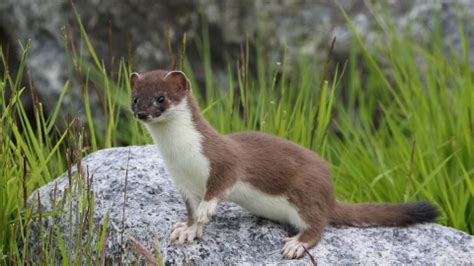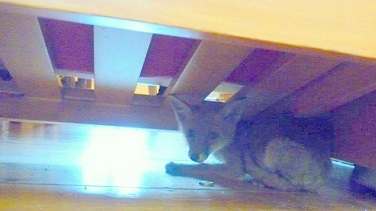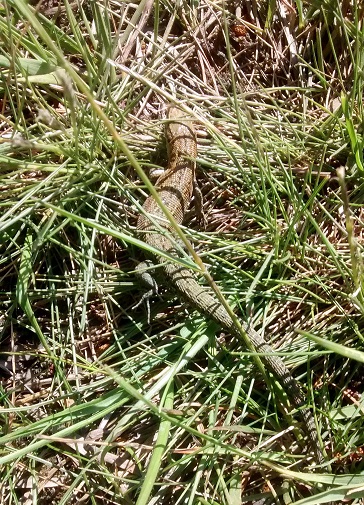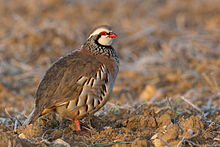|
THE HOGLOG |
||||||
 |
||||||
|
Once, when I was a little girl, and none of us knowing any better, my family and I brought home a hedgehog, thinking it would love to live in our garden. One day, our new kitten escaped from the house*. We hadn't seen the hedgehog much, but we hadn't been worried . . . I ran around frantically knocking on neighbours' doors. Nobody had seen a kitten, but one lady told me she'd seen a hedgehog trundling along the street. A car had pulled up, and the driver had asked her was it her hedgehog? She said no, he said, well, I'm having it, got it into the car and off he went . . . That was the end of our adventure in hedgehog ownership, but my devotion remained undimmed. Why are hedgehogs my favourite native mammal? Same reason as they're the rest of UK respondents "favourite wild animal" I expect. They let themselves be seen. They let you get up close. Even in the old semi-rural days of the Sixties on the edge of Manchester, when Mrs Tiggwinkle and Fuzzypeg (the slightly crazy son of Milkman Hedgehog in Little Grey Rabbit, as I'm sure you remember) were still starring in their endearing hedgrow adventures, I never got near any other kind of wild mammal. The privilege is irresistible. Today I live in the middle of a raucous herring gull colony and surrounded by urban foxes. We have sparrowhawks across the road, and I don't need to tell you about the frogs, do I? If you like spying on badgers I can show you where, minutes away from my house. I know there are still fieldmice in my garden, despite Milo's best efforts. It's strange if we don't see a few red deer hinds, or roe deer, feeding, if we pass along a woodland margin at twilight. Rabbits begin at Falmer. But I don't see hedgehogs. I used to. All the time, although often deceased. Not anymore. The UK's favourites are in precipitous decline. Why? Maybe we need look no further than the precipitous increase in road traffic, road speeds; wide carriageways, roads generally, in the last forty years. A small prickly animal that thinks stopping and curling up is the best response to any threat is not in a good place when that threat is a huge, speeding vehicle. Maybe it's intensive farming. Or those terrifyingly toxic neonicotinoids, getting into the foodchain (but it's never just one thing, anyway). Maybe the decline can be reversed. I hope so, but it would take some big changes. Anyway, this was the Hoglog. It all started in 1998, when I created my first website and decided I had to have a page to celebrate hedgehogs. You can find that content here: with contributions from Gabriel Jones, rural expert Garry Kilworth, Lucy Sussex with an NZ perspective, and poetry from Darko Suvin. I decided to open the log to other notable wildlife sightings in 2004 Last updated 2014 Updating again 2020 *Tabitha the kitten was fine. She was just hiding. |
||||||
|
2020 Stoats of the lockdown. April 27th, Pandemic walks #n, the first "drive to walk" we ventured on. Out to West Blatch, and walked up through access land, over bridges across the two great roads, through the golf course and then we were free & up on the downs. Descending a hollow chalky lane of a path, frothy with hawthorn flower, I saw a stoat ahead of me, she looked a bit startled (Augh! the humans are out and about again!). "Stoat" I hissed, stopping dead, but of course she was long gone, off like a rocket. Image is from the Wildlife Trusts. Second stoat was on the Rodmell to Firle section (20th May) on the path by the Ouse to Piddinghoe. --------------------- 3rd June. At last the Ditchling Beacon walk, we finally made it without getting distracted and wandering off. . . Very good sight of an entire stonechat family, male female and junior, the male doing exactly what he's supposed to do, shouting up and down above the top of the furze. Other notable birds of the pandemic walks, swallows, swifts, red kites, kestrels, buzzards, water pipits once, and one or two solitary yellowhammers, demanding a little bit of bread and no cheese. But I remember when they came in flocks, foraging in farmyards. No longer.
15th June. A fox cub in the house! Ohmygod what a kerfuffle. Cats beside themselves! Terrified little cub hides under the sofa! We persuaded it to scamper out the back door by lifting the furniture, no harm done. The foxes are such close neighbours, and so familiar and fearless, we hardly count them as "wildlife". But they really should not come indoors...
24th June. Ashdown Forest. We saw deer all the time (so to speak) on our June pandemic walks, butterflies and orchids, and once, in the Ashdown Forest, a "common" lizard, which I managed to photograph. You may have to look closely.
19th July. Not strictly a wildlife sighting, more like a little more trouble with cheeky neighbours . . . A herring gull fledgling on the solar panels roof! Not a baby, babies are hopeless, there's nothing you can do, but not ready to fly either. We waited 3 days, but her cynical parents knew better, and yes, we started feeding her on cat-biscuit, & showering her with the hosepipe (which she loved. Also, this shifted the guano). Once or twice, an adult bird came to check her out. The visiting teen stayed until the 13th August, and then she flew! Not been back yet.
31st July, early morning, Cuckmere river, we arrived at the swimming hole and were just about to step down into the water, when I saw a grass snake, swimming along under the opposite bank. Amazing! Of course she didn't stay to be photographed, but what a privilege. Other English snakes/legless lizard are tiny, really. Grass snakes are big
Tuesday 29th September, just below the footbridge under Tarn Beck falls, we saw this absolutely stunning ground bird, like no English wild bird we could imagine, just strolling around, almost under our feet, alone, completely fearless, feeding on seeding grasses. We wondered if it was maybe a grouse?, and convinced ourselves it might be, but of course it's a red-legged partridge, and sadly, its amazing sang-froid probably meant it had been captive-reared. Ah, well. Still an absolute beauty. |
||||||
|
|
||||||





